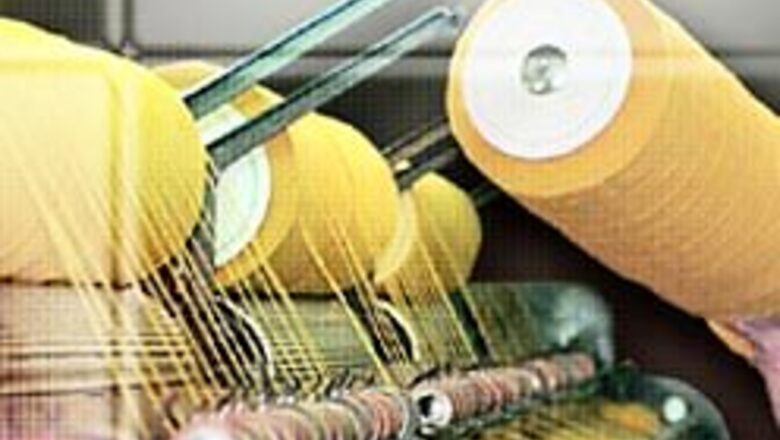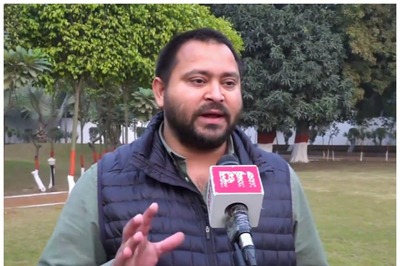
views
New Delhi: Textile stocks have been perhaps one of the worst performing sectors in the stock markets over the last one year. There were disappointments with respect to expectations from this sector in post quota regime.
However, Welspun Group President Akhil Jindal and Gokaldas Exports Executive Director Rajendra Hinduja, say that there has been significant improvement in cotton, home textiles, and the apparel segment. Based on data with them, they explain that India has done extremely well as far as textiles are concerned.
Exclusive interview with Akhil Jindal and Rajendra Hinduja:
Q: There is a lot of disappointment in the market that maybe Indian companies could not quite tap the opportunity presented by the post quota regime. Do you agree that things have not panned out from a business perspective as optimistically as you would have thought?
Jindal: No, I think there was too much of writing on the wall. If one sees the data that has come up recently, it all clearly shows that India has done extremely well. One cannot compare China with India, mainly because India does not have a technical advantage. But particularly in cotton textiles and home textiles, one would see that India has done remarkably well.
In the cotton terry towel segment, which Welspun is known for, India has done 39 per cent versus the world, and China has done only 12 per cent. There may be a few disappointments in other segments within the industry, but when it comes to home textiles, I think India has done remarkably well and it will continue to do so.
Q: Take us through your outlook here. What is the kind of growth rate that you expect to witness for the year?
Hinduja: I could not agree more with Akhil Jindal. In the year 2005, the apparel sector also has had 22 per cent growth compared to 2004. In the beginning of 2006, January to June, the growth has been 18 per cent. These are record growth rates. Earlier we never had such kind of growth in Indian figures.
The apparel sector did go through some price pressure during the January-April period of 2005 when the quotas got released. But after that, it has recovered and prices are on track.
I must say one more thing, and that is that the textile sector has invested a record Rs 15,000 crore under TUF (Technology Upgradation Fund) scheme in 2005-2006, which is a first time figure. In 2004-2005 the figure was roughly about Rs 5000 crore. So all these investments are going to bear fruit now and things are looking quite positive.
Before the quotas went off, there was a lot of hype created to the extent that textiles would shoot up to 50 per cent growth. This was not practical, and was wrongly estimated. I think growth has been very good this year as compared to the previous growth of 5 per cent every year for the last four years.
Q: There has been some renewed hope that maybe things could also be moving on the labour laws front after a long time. So may be there could be some implementation, which could work out very positively for company such as yourself. Are you getting a whiff that may be some flexible labour laws will be implemented soon?
Jindal: Usually the flexible labour laws are more important for companies, which are not doing so well. We are actually on a hiring spree and we have been hiring a lot of people for the Welspun Vapi facility as well as for the Anjar facility.
So I think the flexible labour law would certainly be welcomed in terms of the downturn time, which would allow us more flexibility. But as such the laws at this juncture does not affect us that much.
Q: You clearly focus on the export segment, but we also have a booming domestic retail story happening as well. What is your outlook on that aspect- exports versus domestic textile consumption?
Hinduja: It is a good signal that the retail industry, the domestic industry, is showing positive signs and therefore there could be greater demand from retailers who are now projected to grow in such a big way. So they have to fall back on manufacturers and exporters for capacities. That’s one more step in the right direction as far as expansions are concerned.
With regards to labour laws, I think this affects the apparel industry the most. It is a very labour intensive industry and the garment leg in the textile chain employs the maximum number of workers.
I believe that the PM and his UPA partners are quite serious on the issue of labour laws. We suppose that in the month of September something should come out as per the Textiles Minister's statement. If that comes by way of the industry, I am sure this will be a big push and impetus to the apparel industry.



















Comments
0 comment